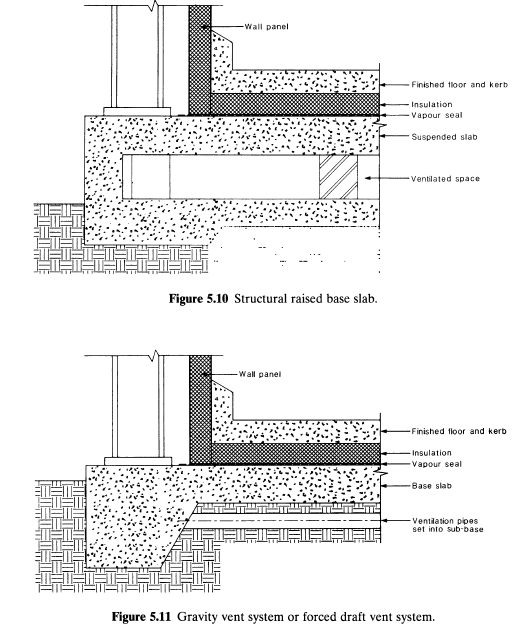jimstructures,
You got a point, EPS does absorb more moisture than XPS, however, it does not behave as bad as your citation. However, there are different views around, read on.
XPS - Extruded Polystyrene Foam Panels - The blue, pink or green ones (eg. Styrofoam):
XPS is Rated at R5 per inch, but it will off-gas and lose some insulation performance over time - especially below-grade and when tested in real-world applications. Above grade XPS foam acts as a vapour retarder (and becomes even less moisture permeable the thicker it is - 1 inch is about 1 perm, 2 inches about .5 perms); when taped it can act as an air barrier; the manufacturers and standardized testing state that it does not absorb moisture, nor is it affected adversely by it. However, with some of the EcoHome team having real world experience to the contrary, we "dug-deeper" and found that many contractors have also noticed potential issues with XPS foam boards retaining moisture, backed up by reports like this citing a large source of correlated testing and which would lead us to conclude that XPS rigid insulation panels should be avoided for below-grade applications like basement insulation - which is the opposite of much of the information out there.
Rated at R4 per inch; EPS foam insulation boards are more permeable to air and moisture than XPS, but it doesn't retain moisture to the same extent because of it's more closed cell structure and it's breathability which lets it dry out. Two inches of EPS foam board has a moisture permeability rate of between 60 and 75 ng (1 to1.25 perms), which is on the cusp of qualifying it as a type II vapour retarder, but on the more 'breathable' side of the scale which we would probably consider a good thing in most applications.
For reference sake, the traditional 6mil polyethylene vapour barrier has a permeability rating of 3.4 ng, making it about 18 times more vapour resistant than building codes allow.
Note that I am citing the view from one source and have high lighted the important messages. But it does not mean I am drawing conclusion based on this single source, I think more researches are required for those interested parties. However, at this moment, I still think EPS is fine, with the proper installation of the vapor barrier.

